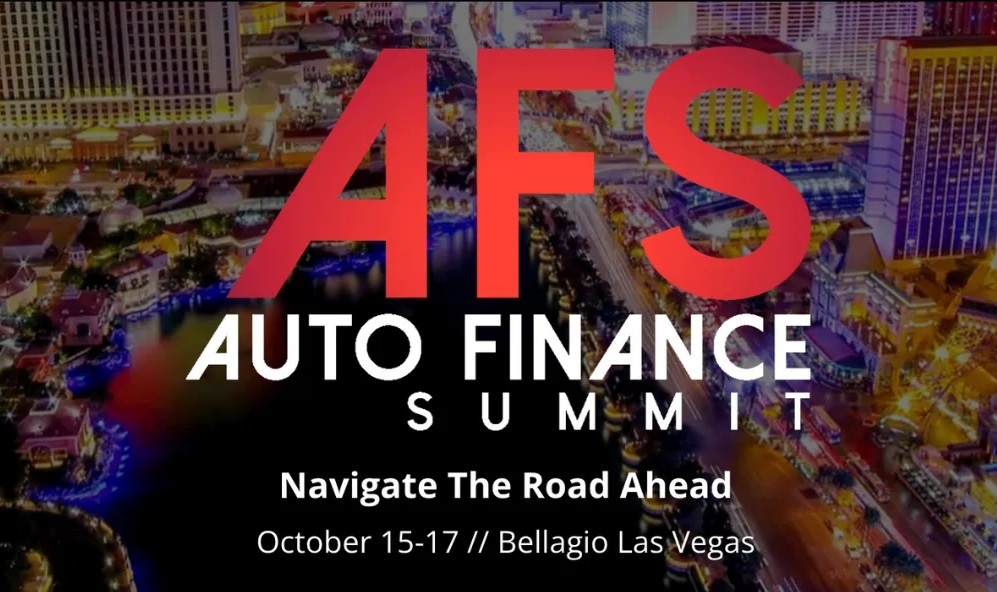The Dealer Management System (DMS) has been, for decades, the central nervous system of the dealership. It’s been the undisputed system of record, the core around which every process, from inventory and accounting to F&I and service, revolved. Built for an era of in-person transactions and paper-based workflows, the DMS was a fortress of data, designed for stability rather than agility.
But the world has changed. Today’s automotive retail landscape is a dynamic, multi-channel ecosystem. Customers expect seamless digital experiences that begin on a smartphone and end in the showroom without lag and without friction. Digital retailing platforms, sophisticated CRMs, online lenders, mobility-as-a-service apps, and EV management tools are no longer niche novelties; they are essential components of a modern dealership’s toolkit.
This is where the traditional DMS shows its age. These monolithic, closed systems were not designed with integration in mind. Attempting to connect them to the modern constellation of retail technology is often a painful, expensive, and frustrating exercise. The result is a familiar story for many dealers and OEMs: fragmented data, clunky workflows, brittle integrations that constantly break, and a disjointed customer experience that undermines trust and loses sales.
The fortress has become a prison. To break free and build the retail experience of tomorrow, the industry needs a new architectural foundation. That foundation is API-first.
 "The promise of AI and advanced analytics is enormous, but it’s a promise that remains out of reach for many dealers. Why? Because our data is often locked away in fragmented systems that weren’t built to communicate. To truly innovate and serve our customers, we must move toward a unified data strategy where information flows freely and securely across our entire operation." Gary Gilchrist 2024 NADA Chairman, in his keynote address at the NADA Show, February 2024.
"The promise of AI and advanced analytics is enormous, but it’s a promise that remains out of reach for many dealers. Why? Because our data is often locked away in fragmented systems that weren’t built to communicate. To truly innovate and serve our customers, we must move toward a unified data strategy where information flows freely and securely across our entire operation." Gary Gilchrist 2024 NADA Chairman, in his keynote address at the NADA Show, February 2024.
Why API-first is the new standard for innovation
An API-first architecture fundamentally inverts the old model. Instead of forcing every new tool to conform to the rigid, slow-moving core of a legacy DMS, an API-first approach creates a flexible, open communication layer where any system can plug in and exchange data seamlessly and in real-time.
Now, your DMS, CRM, inventory management system, lender platforms, digital retailing front-end, and even future technologies like AI-powered recommendation engines can all connect to this central hub. They speak a common, standardized language, the language of APIs (Application Programming Interfaces), eliminating the need for costly, custom, point-to-point integrations for every new tool you adopt.
This isn’t a theoretical concept; it’s the proven model that has enabled explosive growth and innovation in other industries. The world of e-commerce runs on APIs that connect payment gateways, shipping logistics, and marketing platforms to storefronts. The world of fintech relies on APIs to connect banking cores to innovative mobile apps.
Now, automotive retail is finally catching up. An API-first approach enables:
- Seamless Connectivity: Effortlessly link your core operational systems with best-in-class solutions for CRM, F&I, digital marketing, and EV charging networks.
- Modularity and Flexibility: Swap tools in and out without breaking your entire technology stack. Want to try a new CRM? No problem. The connection point is standardized.
- Future-Ready Foundation: Because the architecture is open by design, integrating emerging technologies, like connected car data, subscription models, or advanced AI, becomes a simple "plug-in" process, not a multi-year overhaul.
From closed systems to connected ecosystems
The shift from a DMS-centric model to an API-first ecosystem is more than just a technical upgrade; it’s a strategic transformation that unlocks immense business value. When data flows freely and securely between all your systems, you move from operating a series of disconnected departments to orchestrating a single, intelligent retail ecosystem.
Real-time data for penny-perfect experiences
In a traditional setup, pricing and payment information often lives in different silos. The payment calculator on your website might be disconnected from the F&I manager’s desking tool, which is different again from the lender’s actual rates. This leads to discrepancies and frustrating renegotiations when the customer arrives at the dealership.
In an API-first ecosystem, these systems are in constant communication. A customer can build a penny-perfect, multi-lender-approved deal online, and that exact deal structure, with the correct taxes, fees, rates, and inventory data, is instantly available to the salesperson in the CRM and the F&I manager in their portal. The experience is consistent, transparent, and trustworthy from the first click to the final signature.
Effortless adoption of new technologies
Imagine you want to offer a vehicle subscription service. In a legacy DMS world, this would be an onerous, time-consuming task. You’d need to figure out how to manage recurring billing, track vehicle usage, and integrate new insurance models into a system designed for one-time sales.
With an API-first platform, you can simply connect to a specialized subscription management service via its API. Your core platform handles customer and vehicle data, while the new service manages billing and logistics. You can launch innovative business models in months, not years, because you’re adding capabilities to your existing ecosystem rather than trying to rebuild your core.
 We talk a lot about creating a seamless omnichannel journey, but the reality is there's often a major disconnect between what the customer does online and what happens in the store. The real goal is to create one fluid conversation. The technology platform has to do the heavy lifting in the background so that whether the customer is on our site or in our showroom, they are continuing the same transaction, not starting a new one." Jeff Conrad Senior Vice President at Penske Automotive Group, speaking on a panel at the Automotive News Retail Forum, February 2024.
We talk a lot about creating a seamless omnichannel journey, but the reality is there's often a major disconnect between what the customer does online and what happens in the store. The real goal is to create one fluid conversation. The technology platform has to do the heavy lifting in the background so that whether the customer is on our site or in our showroom, they are continuing the same transaction, not starting a new one." Jeff Conrad Senior Vice President at Penske Automotive Group, speaking on a panel at the Automotive News Retail Forum, February 2024.
Proof in action: How industry leaders leverage API-first architecture
This API-first model isn’t just theory; it’s delivering tangible results for leading automotive brands today.
Adopting an API-first platform isn't just about better technology; it's about driving better business outcomes.
- Accelerated speed-to-market: Launch new digital tools, financing promotions, or even entirely new business models faster than ever before.
- Drastically reduced complexity: Eliminate the headache of managing dozens of brittle, point-to-point integrations.
- Unified customer view: Gain a true 360-degree view of your customer by syncing data across your CRM, digital retail platform, and in-store systems.
- Consistent omnichannel experience: Ensure pricing, promotions, and customer information are identical whether the customer is on your website, in a mobile app, or standing in your showroom.
- Futureproof your investment: Build your business on a flexible foundation that is ready to incorporate the next wave of innovation, from AI and machine learning to connected car services and beyond.
 We have to take the friction out of the process... The customer wants transparency. They want a fair, transparent price and a process that respects their time. Wasting a customer’s time is the cardinal sin in retail today." Source: Mark LaNeve, former VP of U.S. Marketing, Sales and Service at Ford Motor Company, speaking at an industry conference.
We have to take the friction out of the process... The customer wants transparency. They want a fair, transparent price and a process that respects their time. Wasting a customer’s time is the cardinal sin in retail today." Source: Mark LaNeve, former VP of U.S. Marketing, Sales and Service at Ford Motor Company, speaking at an industry conference.Conclusion: Moving beyond the DMS
The era of the siloed, monolithic DMS as the sole center of the automotive universe is over. To survive and thrive, dealers and OEMs must think like modern technology companies, building flexible, interconnected ecosystems that place the customer experience at the center.
An API-first strategy is no longer optional; it is the essential blueprint for modern automotive retail. It is the only way to break down data silos, accelerate innovation, and deliver the seamless, profitable, and customer-first journeys that will define the next generation of industry leaders.
NETSOL’s Transcend Retail was built from the ground up, with API-first architecture, to power this shift. Designed to scale, adapt, and enhance, Transcend Retail is the integration layer, the intelligence engine, and the strategic platform that empowers you to move beyond the limitations of your DMS and build the future of your business. Get in touch to learn how you can leverage the API first approach for your auto retail business.





